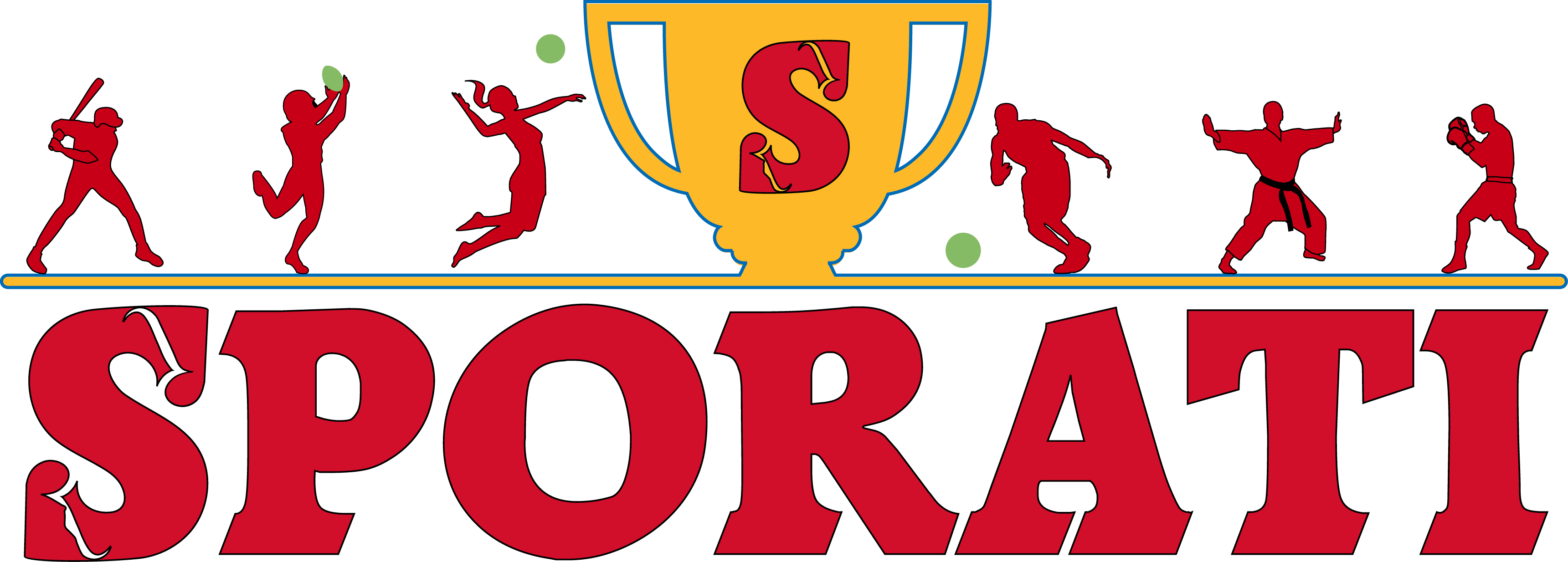Olympic Spirit Meets Adirondack Grit in Boonville Baseball Spotlight
Olympic Spirit Adirondacks
This summer, tucked in the rolling hills and evergreen serenity of the Adirondack Mountains, a quaint town named Boonville is daring to dream Olympic-sized dreams. And no, the Olympic torch isn’t passing through Oneida Countybut the flame of inspiration certainly is, lighting a pathway for young athletes and stirring a sense of local pride that rivals anything found in Paris or Pyeongchang.
A Homegrown Hero Heads to Paris
When your hometown kid lands a spot on Team USA, the collective heart of the community skips a beatand this year, all eyes in Boonville are on Dan Wetzel’s daughter, Olivia, a world-class rower who’s earned her ticket to the 2024 Paris Olympic Games. Her story isn’t just about oars and medals; it’s about roots, resolve, and the remarkable journey from a sleepy town in the Adirondacks to the grandeur of the global stage.
She didn’t just row through watershe rowed through every challenge, every doubt, and every early-morning practice in the freezing mists of the Black River,
a local coach shared with a knowing grin. It’s stories like Olivia’s that turn dusty dugouts into launchpads for dreams.
Small Town, Big Dreams
It’s not Paris, but inside the diamond of Boonville youth baseball, you’ll find a different kind of Olympic spirit. The stakes might be lower, the uniforms a little dirt-stained, but the passion? Just as pure. Coaches here talk about developing life skills, grit, and community connection long before they mention RBI stats. It’s a culture rooted deepnurturing little sluggers, steady on the fundamentals and always with a high-five ready.
The dugouts don’t have A/C, but they do have heart. The kids sprint harder when it’s hot, and dive faster when it rains. They study the form of their favorite Yankees, but also go to bed thinking about Olivia pulling past the finish line under the silhouette of the Eiffel Tower.
Echoes of Olympic Glory
Boonville may not have a velodrome or archery range, but it does have community, heart, and history. As the Paris Games draw closer, the town is buzzingnot just out of national pride, but because they know one of their own is rowing with the world’s best. It’s a moment that reassures parents and inspires children. If Olivia can do it, who’s to say the next Olympian isn’t sitting in the bleachers right now, knees scabbed from T-ball, dreams bigger than the sky?
Rooted in the Adirondacks, Reaching for the World
The Adirondacks are known for their rugged beauty, but the character of the people here is even tougher. Olivia’s journey, though singular and stellar, is shared in spirit by a town that’s always punched above its weight. And that’s what makes this story Olympic in its own way. It’s not just about gold medalsit’s about hometown gold, hard work, sacrifice, and the people in the bleachers who never stopped cheering.
As the games begin in Paris, the watch parties near the Tug Hill Plateau may not make international news, but they’ll be bursting with an energy all their own. These aren’t just fansthey’re family. The pride in Boonville is homegrown, built with grit, galvanized by glory, and carried forward by the belief that dreamsyes, even Olympic onesgrow mighty strong in Adirondack soil.
A Final Inning of Inspiration
Back on the baseball field, kids are swinging a little harder, running a little faster. Not because someone’s shouting from the dugoutbut because they’ve seen what’s possible. The Olympic spirit isn’t just abroad; it’s right here in Boonville. Alive and well. From the dirt diamonds to the misty lakes, it’s clear: You don’t need a stadium to make your mark. Just a village that believes in you.
Let the games beginand don’t forget to keep an eye on the Adirondacks. They’ve got a champion in the making… and maybe a few more on deck.



